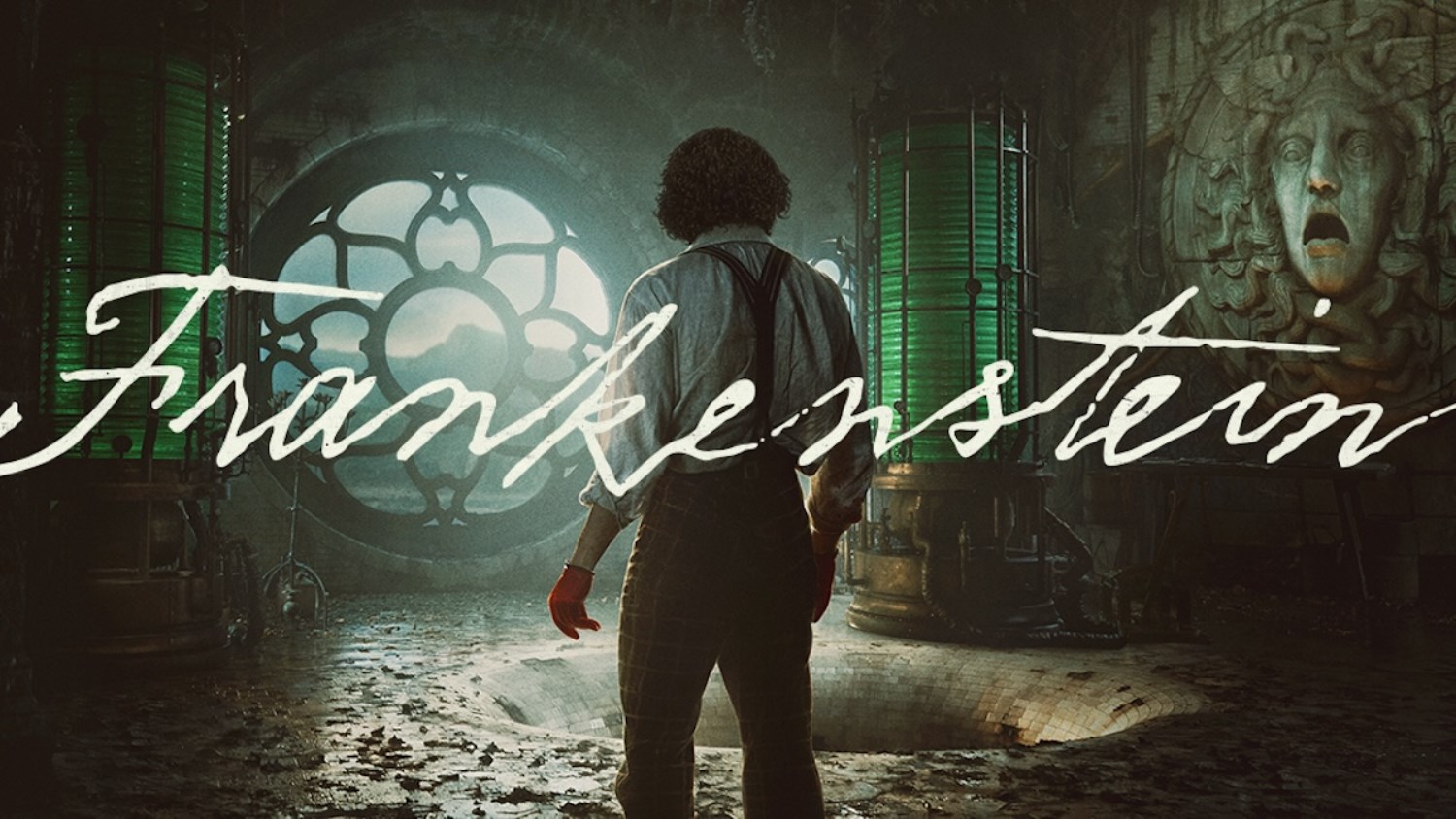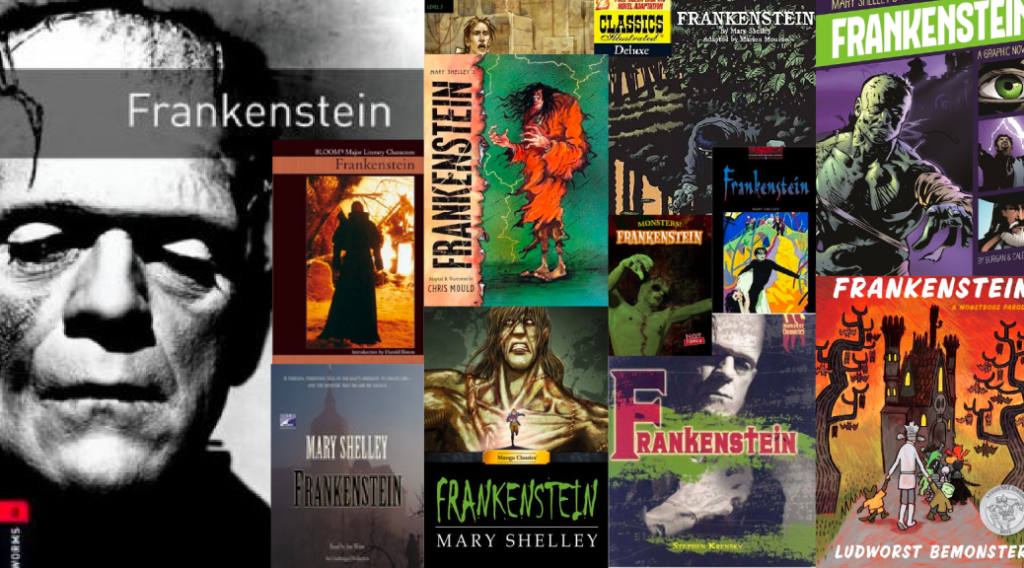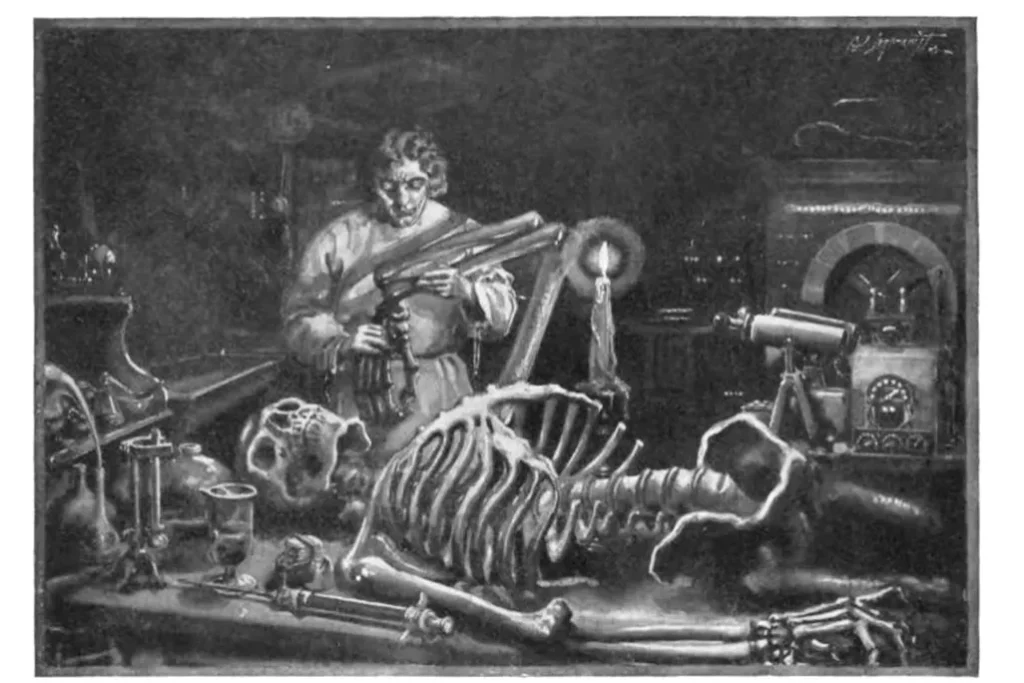“Frankenstein isn’t just a horror story—it’s a mirror reflecting the darkest fears and desires of mankind.”
Frankenstein has never been just about a monster—it’s about us. The story’s dark secrets, hidden symbolism, and enduring themes reveal truths about ambition, responsibility, and the dangers of unchecked knowledge. In Frankenstein Revealed: Dark Secrets, Themes, and Symbolism Explained, we’ll peel back the layers of Mary Shelley’s masterpiece to understand why its warnings still feel strikingly relevant in our modern age.

The Dark Secrets Behind Frankenstein
Every story has its shadows, and Frankenstein is filled with them. When we think of this novel, most of us picture the stitched-up creature and the mad scientist—but behind Mary Shelley’s words lies something much deeper, something personal and painfully human.
Shelley wasn’t just telling a spooky tale for the campfire. She was only 18 when she started writing Frankenstein, and her life was already marked by grief, loss, and questions bigger than herself. She had lost a child, carried the weight of her parents’ fame, and lived in a world where love and heartbreak often collided. Those emotions seeped into her story, turning it into something more than fiction—it became her way of working through pain.
The “dark secrets” of Frankenstein also connect to its time. In the early 1800s, science was racing ahead—there were experiments with electricity, whispers about reanimating life, and big questions about what humans should or shouldn’t do. Shelley took those ideas and dared to ask: What if we go too far? What happens when we try to control life itself?
That’s why the novel still hits hard today. The secret behind Frankenstein is that it isn’t really just about a monster—it’s about us. Our ambition. Our fear of being alone. Our struggle with the limits of knowledge. Shelley’s monster may have been fictional, but the feelings that shaped him were very, very real.
Major Themes in Frankenstein
Mary Shelley’s Frankenstein isn’t just a gothic horror story—it’s a book packed with lessons about life, ambition, and what it really means to be human. When we break it down, the novel is a treasure chest of ideas that still feel just as powerful today. Let’s look at some of the biggest themes that give us the real meaning of Frankenstein.
The Dangers of Playing God
One of the most striking Frankenstein themes explained is the danger of pushing past natural limits. Victor Frankenstein isn’t satisfied with studying science—he wants to control life itself. But in trying to act like God, he unleashes something he can’t control. This theme is a warning that ambition without wisdom can have devastating consequences, a message that still matters today in debates about AI, cloning, and genetic engineering.
Isolation and Loneliness
Loneliness runs like a shadow through the novel. Victor isolates himself while creating the creature, cutting himself off from family and friends. Meanwhile, the monster himself suffers unbearable rejection from everyone he meets. This isolation destroys them both. Shelley reminds us that connection and compassion aren’t luxuries—they’re survival.
Ambition vs. Responsibility
Victor’s downfall isn’t just his ambition—it’s his refusal to take responsibility for what he’s created. He wants the glory of discovery without the burden of care. This clash between ambition and responsibility is one of the deepest Frankenstein themes explained, showing us that progress without accountability can turn into destruction.
Man vs. Monster: Who’s the Real Villain?
Here’s one of the most fascinating questions about the meaning of Frankenstein: is the monster really the villain, or is it Victor himself? The creature begins innocent, longing for love and acceptance, but turns violent only after constant rejection. In many ways, the novel blurs the line between human and monster, forcing us to ask—who’s truly at fault?
Knowledge and Its Consequences
At its heart, Frankenstein is about the price of knowledge. Victor’s thirst for discovery blinds him to the consequences of his work, and in the end, everyone he loves pays the price. Shelley’s warning feels timeless: knowledge is powerful, but without ethics and foresight, it can destroy more than it create.
Symbolism in Frankenstein
One of the coolest things about Mary Shelley’s Frankenstein is how much meaning she packs into the story without ever spelling it out. The novel isn’t just about a scientist and his creation—it’s about what they stand for. Shelley uses symbols to give the story layers, and once you notice them, the book feels a lot deeper than just a spooky tale.
Fire and Light
Fire and light pop up again and again in Frankenstein, and they’re not just there for atmosphere. They stand for knowledge—the kind that can help or hurt. Think of it like this: fire can keep you warm on a cold night, but it can also burn down everything you love. Victor’s obsession with discovery and the creature’s painful encounter with fire show us both sides of that truth.
The Monster
The creature isn’t only a “monster.” He’s a symbol of everything we fear in ourselves—our flaws, our loneliness, our need to be accepted. When society rejects him, he turns violent, but deep down he just wanted love. That makes him less of a monster and more of a mirror, showing us what happens when people are pushed away instead of embraced.
Nature
Nature in Frankenstein is almost like a character of its own. Whenever Victor is overwhelmed, he runs to the mountains, the lakes, or the forests to find peace. The calm of nature heals him for a while, but storms and rough landscapes often appear during the story’s darkest moments. Shelley uses nature as a symbol of balance—it can comfort us, but it can also remind us that we’re never in full control.
Victor’s Laboratory
Victor’s secret lab is more than just a creepy setting. It’s a symbol of crossing boundaries that probably shouldn’t be crossed. It’s where curiosity becomes obsession, and ambition turns into destruction. In a way, his lab is a warning about what happens when we chase knowledge without thinking about the cost.
Frankenstein in Modern Pop Culture
If you’ve never read Mary Shelley’s novel, chances are you still know Frankenstein—at least the pop culture version of him. The green skin, the bolts in the neck, the stiff walk—it’s an image that’s shown up in movies, cartoons, and Halloween costumes for decades. But here’s the twist: Shelley’s creature was never described that way. Pop culture gave him that makeover, and over time it stuck.
From the classic 1931 film with Boris Karloff to parodies in shows like The Simpsons or Hotel Transylvania, Frankenstein’s monster has become less of a literary figure and more of a cultural icon. He’s scary one minute, funny the next, and sometimes even misunderstood in a way that makes us root for him.

And it doesn’t stop with movies. The themes of Frankenstein—playing God, creating life, and facing the consequences—show up everywhere in modern storytelling. Think about sci-fi films with rogue AI, or TV shows where science goes too far (Black Mirror, anyone?). They’re basically reimagining Shelley’s questions for a new age.
Even memes and Halloween traditions keep the character alive (literally). Every October, Frankenstein-inspired jokes, costumes, and TikToks flood social media, proving that this “monster” is still one of the most recognizable figures in the world.That’s the power of Frankenstein. It’s not just a book from 1818—it’s a living, evolving symbol that has woven itself into pop culture, reminding us that the story’s heartbeat is still very much alive.
Why Frankenstein Still Matters Today
More than 200 years have passed since Mary Shelley wrote Frankenstein, yet the story feels eerily modern. That’s because the novel isn’t only about a scientist and his creation—it’s about ambition, responsibility, and what happens when curiosity outruns conscience. When we look at the world we live in now, the Frankenstein relevance today becomes crystal clear.
Think about artificial intelligence. Like Victor Frankenstein, we’re creating something powerful that we don’t fully understand. Will AI become a tool that improves lives—or could it evolve into something we can’t control? The same questions Shelley raised echo in our debates today.
Then there’s genetic engineering and biotechnology. From cloning to CRISPR, we now have the power to rewrite life itself. But Frankenstein lessons remind us that progress without responsibility can backfire. Victor’s mistake wasn’t his discovery—it was his refusal to care for what he created. That warning feels more urgent than ever.

And beyond science, the novel still speaks to us on a human level. The monster’s loneliness mirrors our struggles with isolation, identity, and acceptance. In a world driven by technology and constant change, Shelley’s story asks us to stop and think: are we building a future with compassion, or just chasing innovation for its own sake.
Takeaway
When you really think about it, Frankenstein isn’t just a spooky story about a monster—it’s a story about us. Mary Shelley wasn’t only writing a gothic novel; she was asking big questions about ambition, responsibility, and what it truly means to be human.
The lesson is simple but powerful: chasing knowledge is exciting, but without compassion and accountability, it can destroy more than it creates. That’s why Frankenstein still feels so relevant today. Whether we’re talking about AI, genetic engineering, or even the way we treat one another, Shelley’s warning still whispers in the background: just because we can do something, doesn’t always mean we should.
At the end of the day, the real monster in this story isn’t stitched together in a lab—it’s what happens when we forget our humanity. And maybe that’s the biggest takeaway of all: progress means nothing if we lose kindness along the way.
“If you enjoyed uncovering the hidden layers of Frankenstein, you might also like our deep dive into design and culture in 7 Things You Didn’t Know About Soho House—a story full of its own surprises and secrets.”
Pingback: Nobody 2 Unpacked: Plot Insights, Reviews, and Why You Should Watch It - statesgazette